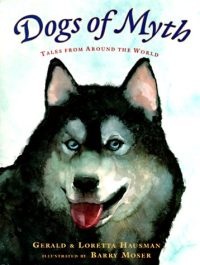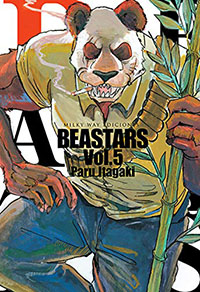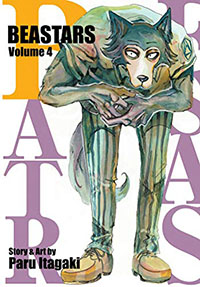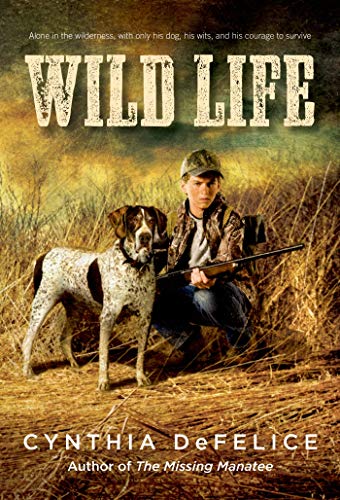Semi-autobiographical, this book was one I could not put down. It’s another one set in middle school, with yet another unique interest- horseback riding. Kate struggles with her self-image and confidence. She’s shy at school, feels awkward and embarrassed around her older brother’s friends (whose teasing and jokes escalate into harrassment near the end of the book), and while her mother’s attempts to help her eat healthier and find more flattering clothes are well-meaning, they often just hurt. The place where she forgets her problems, can focus on something else and feel accomplished, is on the back of a horse. From riding lessons and stable work (to cut down cost) to scary competitions, she loves it all. Well, except for the more popular girls at the stable- who have more money, better looks and always some mean, pointed things to say about Kate, her body size, her less-expensive clothes and her riding skills. But the teacher has confidence in her. She falls a lot, but gets back on. She finally stands up to one of the mean girls, and is surprised at the results. Her brother defends her (in a way) against his jerk friends, and she starts to make slow progress with improving her health. And accepting herself for how she is (though really, she didn’t feel bad about herself until other people said stuff). I liked this so much better than I expected to. Not just for the horsey content, either. I could releate in some ways I wouldn’t have expected to before- about loving the feel of a sport, fear of falling and getting seen or laughed at, but you have to just get back up, brush off your knees and try again. Confidence and skill builds over time.
The author’s note at the back tells how much was based on her own pre-teen years, and that all the horse-related incidents either happened to her or to someone she knew. I also liked seeing all the different cover illustration ideas she had before settling with this one. Another nice detail is that throughout the story, terms specific to horseback riding or anything equine are in a different color text, and then defined at the bottom of the page. There were quite a few words and phrases I didn’t know! Very helpful.
Borrowed from the public library.











